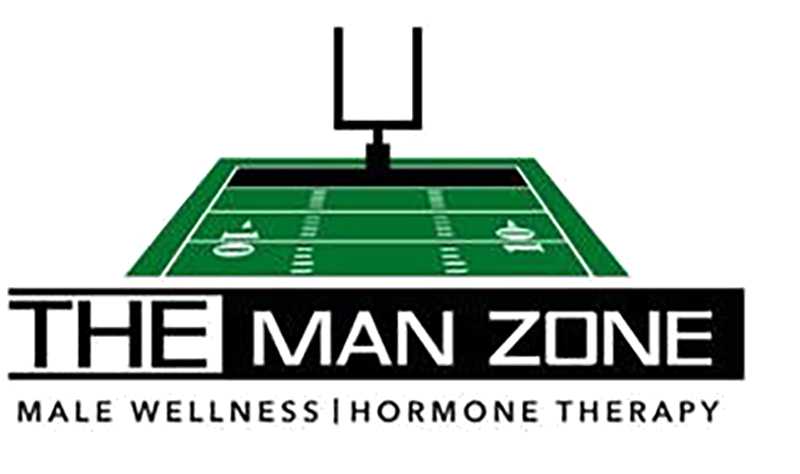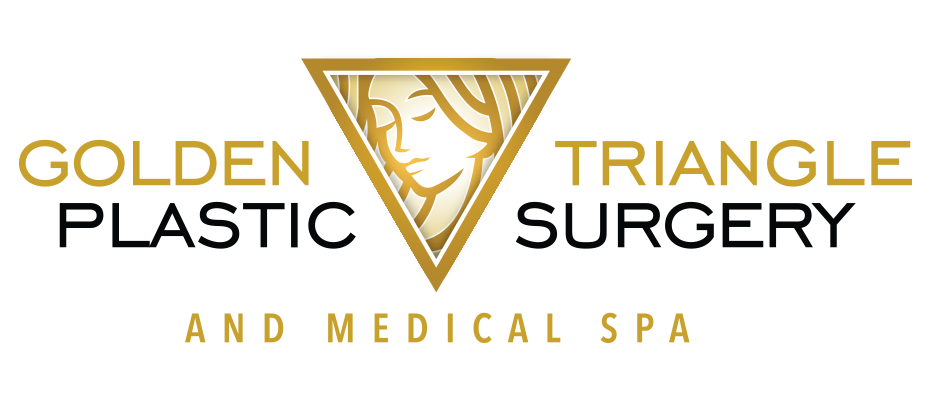HOW TO CHOOSE A FACELIFT PLASTIC SURGEON
 As we continue to live longer, healthier lives, it makes sense to want to “look as young as you feel.” For example, take a 65 year old project manager who hits the gym daily and mountain bikes on the weekend. He may not be willing to accept his 65 year old jowls and neck. If he’s in better physical shape than his 40 year old peers, why should they look at him as the “old timer?” Enter the modern facelift.
As we continue to live longer, healthier lives, it makes sense to want to “look as young as you feel.” For example, take a 65 year old project manager who hits the gym daily and mountain bikes on the weekend. He may not be willing to accept his 65 year old jowls and neck. If he’s in better physical shape than his 40 year old peers, why should they look at him as the “old timer?” Enter the modern facelift.
In the past, facelifts were stigmatized by unnatural results. No one wants to look like they had a facelift, but simply to look refreshed. Unnatural results come from too much skin lifting or stretching, from a failure to consider facial volume, and from poor aesthetic judgement-among other things. To avoid these issues, patients should choose a surgeon who can perform a “deep plane,” three-dimensional facelift.
The skin and fat of the neck, lower face, and cheeks are supported by a connective tissue called SMAS: or subcutaneous musculoaponeurotic system. The SMAS, when lifted as part of a deep plane facelift, will lift and reposition sagging cheeks, jowls and neck as one unit-thus giving the most natural result. In contrast, a “skin only” or “suture only” lift may tighten the jawline but not address the droopy cheeks, leading to a “swooped” look. In addition to giving a uniform, smooth lift, a deep plane lift also tends to hold up longer over time because the repositioned SMAS fibroses and builds support.
So how do you know what type of facelift your surgeon will perform? One option is to simply ask. Ask your surgeon how he will lift and tighten the deeper layers of the face. Ask if he will incorporate fat grafting, facial implants, or fillers to restore volume. Ask if he can perform a fractional (modern) laser peel to correct brown spots and fine lines at the same time as the lift.
Another option is to examine before and after photos. Look for significant but natural results; patients should look like younger versions of themselves, not like completely different people. A younger version of a person will usually involve replacement of volume, because in our 20s and 30s we have more fat around our eyes, jaw lines, and cheeks than in our later years. Volume, usually in the form of fat grafting, is what makes a modern facelift “3 dimensional.”
These are some of the nuances of choosing a facelift surgeon. Needless to say, the basics include reputation, training, years of experience, and certification by the American Board of Facial Plastic Surgery-for face specialists, or the American Board of Plastic Surgery-for plastic surgeons who work on the face and body.
Dr. Roy David is a facial plastic surgeon and facelift specialist from San Diego, California. His “La Jolla Lift” procedure was featured on the hit television show “The Doctors.”



